|
This is my entry in Jancis Robinson's 2022 wine writing competition, which gives details of the vineyard and it ultimate fate. We all stared, fixed on the computer screen displaying the rural Andalusian landscape – in Lucainena de las Torres, to be particular – from an aerial photograph. “This is protected forest,” declared the official from the environment department. The image exhibited in fine detail my farm’s long-treeless slopes pockmarked with occasional bushes, called retama, and lower vegetation, including fragrant native thyme and sage. “No, this is agricultural land, classified as vineyard,” shot back the agriculture official, whose office lay a few doors down the corridor in the squat, 1980s Junta de Andalucia government building. As far as I could tell, the two bureaucrats had never met before.
I had just delivered the paperwork declaring new vine plantings, an integral part of capturing a few approved hectares of Andalusia’s quota of Spain’s quota of the European Union quota for vineyards destined for wine production. Mine was one of two official Protected Designation of Origin sites in the perhaps ironically-named “Desert of Almeria” viticulture region of Spain’s most arid province. I had provoked the inter-departmental consultation and at that moment hoped that my over-cautiousness did not spell disaster for the first-year garnacha bush vines flourishing there. The controversy between native “forest” and vineyard, beyond its bureaucratic battlelines, crystalized the issues confronting my winegrowing efforts in 2017, including concern for the soil, the native plants, water resources, biodiversity, entrenched 20th century Spanish farming methods, and seemingly inevitable desertification pitched against the Andalusian government’s penchant for creating new wine regions (or reinvigorating traditional ones). The planting approval already granted, the vines already installed, I pointed out that both were possible: classified vineyard and classified “forest,” as it were. Neither saw my point, and the ag representative stormed out with no resolution, though now the government’s right hand knew what the left one was doing. Continue reading on JancisRobinson.com. . . .
0 Comments
The Desierto de Almeria IGP covers the Tabernas and Sorbas basins, inland from Cabo de Gata Nature Park on the coast. Our vineyards lie at about 450 metres in altitude and offer a variety of different soil types. For the moment, we have chosen to plant the vines without preparing the soil, i.e. tilling, beforehand, and without removing native plants. The intention is to prevent eroision (wind, rain) and to maintain natural biodiversity. Thus, many of our vines grow next to native plants like wild thyme, retama (a nitrogen fixer), and other native bushes that attract ladybugs (natural predator of many plant pests). We are also using a tractor-driven chipper/shredder to create mulch and compost from local plants.
In 2016, we planted 200 grape vines in deep pots. All but 2 (both Merlot) broke dormancy and survived (some thrived) to winter, 2017.
In particular, these consisted of
When breaking dormancy in 2017, the Syrah leaves were noticeably pale yellow in comparison with the other potted vines. The Garnacha, too, appeared a bit chlorotic, but responded well to a liquid organic fertilizer. The Merlot, both batches, looked great, despite earlier concerns. The Cabernet have performed well once planted in the ground this Spring. Our opinion is that frequent watering during the hot, dry summer of 2016 caused leaching of the soil in the pots. However, the vine roots looked really good upon final planting, with solid root balls encompassing the entirety of the pots. In the Spring of 2017 in addition to the potted vines, we planted the following in bare root vines large holes with wells around each vine:
So, our total plants at this point are:
In order to plant wine grape vines commerically, we requested permission from the Junta de Andalucia for the right to establish vineyards. We proposed 4 hectares in 2015, and just proposed two more. The IGP region to which the vineyard lands belong has great potential based on the following factors:
We decided to focus on red wines. The IGP law allows us to produce Cabernet Sauvignon and Merlot, which I would say are the least appropriate varieties for our climate. We can also grow Syrah (Shiraz), Monastrell (Mourvedre, Mataro), Tempranillo, and Garnacha. We elected not to plant Tempranillo and limited cuantities of Cab and Merlot. The ultimate goal is to produce via rainfed viticulture only, however in this steppe-like climate, the young vines will absolutely require some drip irrigation. We are planning to use a goblet or "vaso" style system, which are the most basic kind of "bush vines." This ancient training technique is appropriate for the Almeria terroir. We have 11 hectares of land that probably has not been used for any kind of agricultural production since the 1950s located not too far from Europe's only true desert. The area gets about 31-33 centimeters of rain per year, mostly in winter. We are within an Indicación Geográfica Protegida (IGP) designated area for wine grape production known as the Desierto de Almeria.
We have searched for appropriate plants to cultivate, besides grape vines, which indlude eucalyptus for wind breaks and cut flowers, protea species for cut flowers, pine nut pines for wind breaks (and pine nuts), as well as vegetable garden plantings near the Cortijo, including cardoon and artichoke. We also have about 75 olive trees, a few almond trees, pomegranate, and citrus. Last year we made initial efforts at germinating proteas and eucalyptus from seed, as well as potting 200 bare root grape vines. Since November, 2016, we have slowly accelerated production, bought a tractor and implements, and ordered thousands of bare-root vines for planting. Our plan is to preserve the existing vegetative landscape as much as possible The region has high winds, and the soil is prone to erosion from wind and the occasional big rain. So, we are not tilling or using cultivators, and we are leaving native species in place--this includes abundant wild thyme as well as rosemary and species of retama. |
Charles LearyIn the 1990s I started Chicory Farm in the Florida Parishes of Louisiana, becoming one of the state's first certified organic vegetable farms. I also opened an acclaimed Creole Vegetarian restaurant in Uptown New Orleans. From 2000-18, I was the Proprietor/ Chef of Trout Point Lodge of Nova Scotia, but also lived part time in Andalusia since 2002. My entrepreneurial endeavours have won accolades from the inaugural Tibbetts Award of the U.S. Small Business Administration to the inaugural Parks Canada Sustainable Tourism Award. ArchivesCategories
All
|
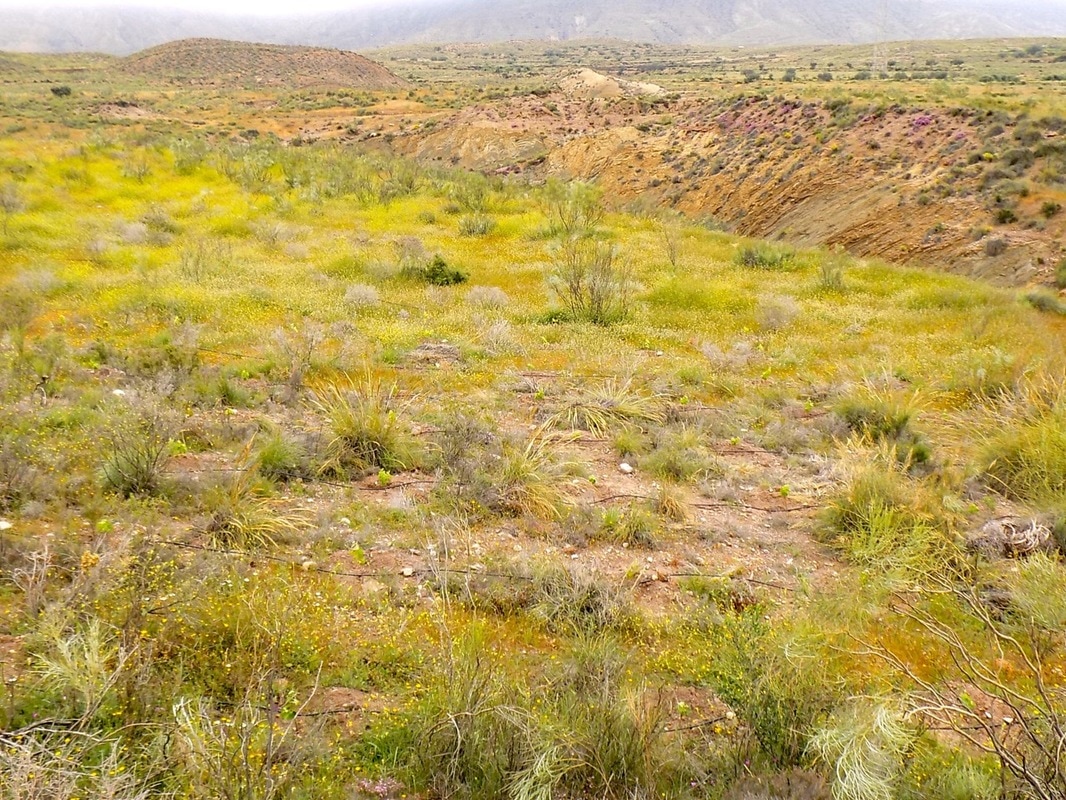
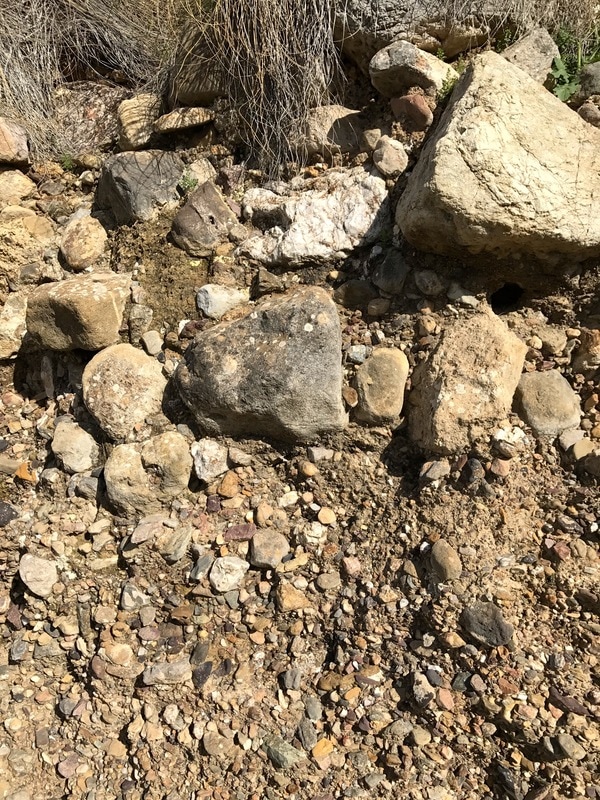
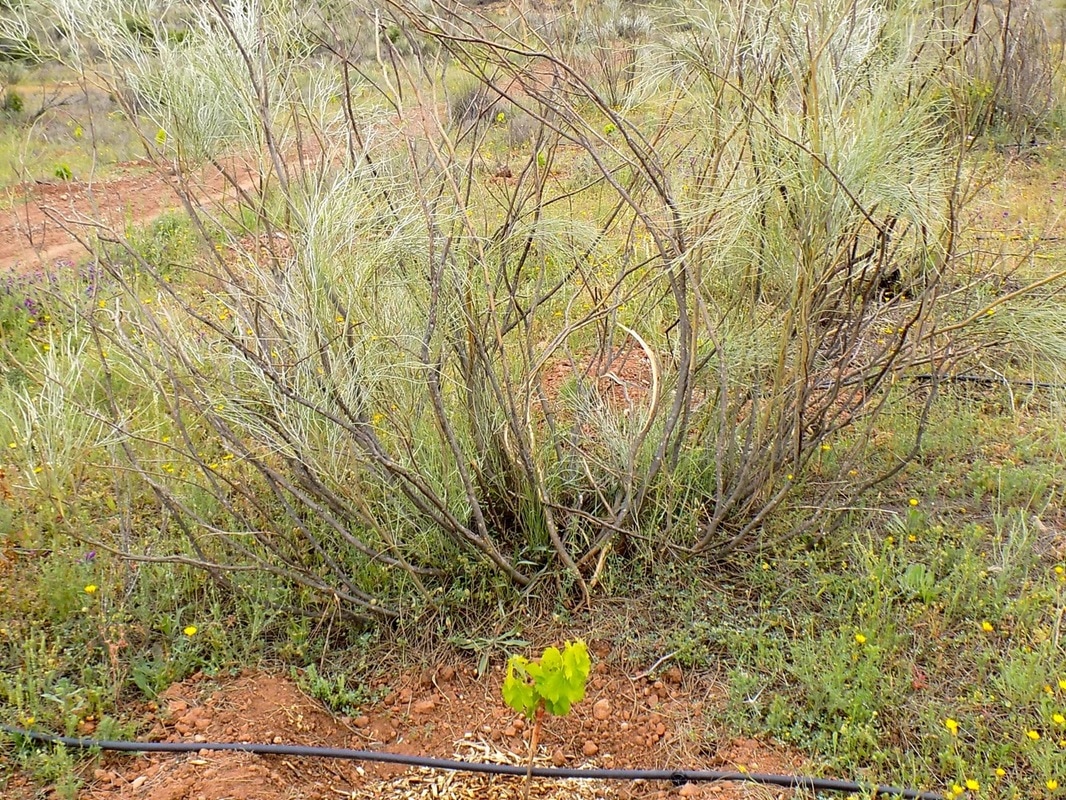
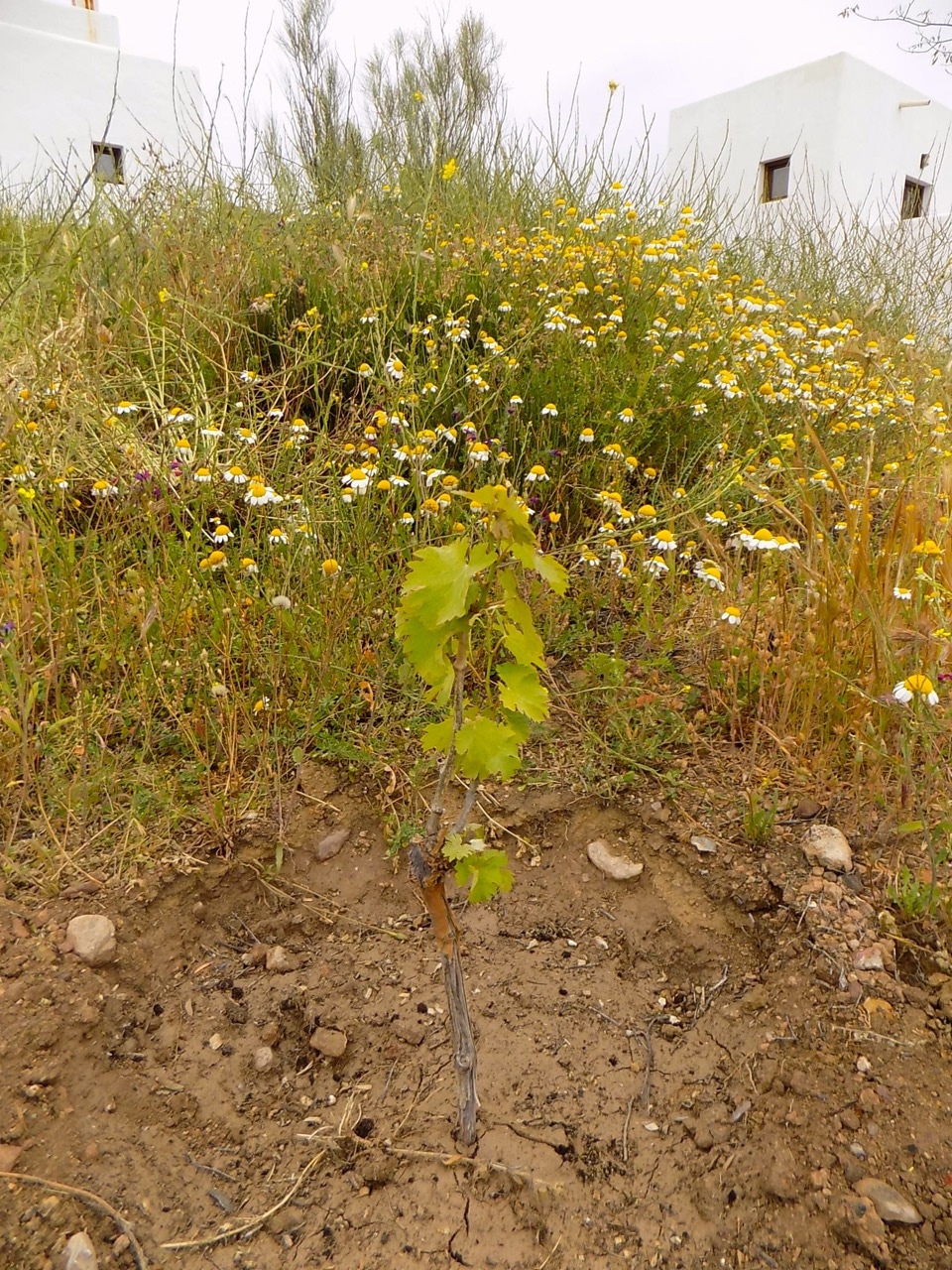
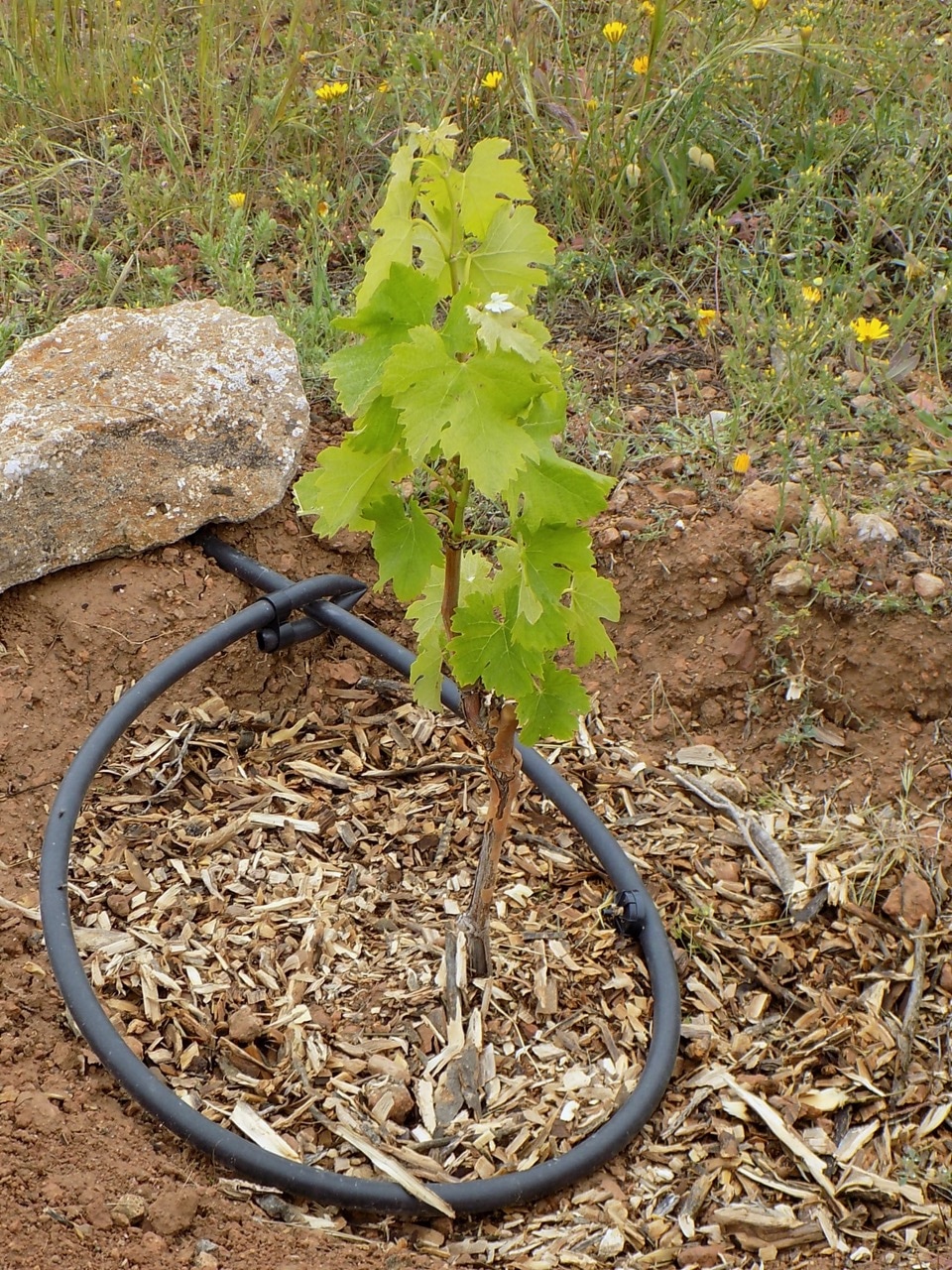
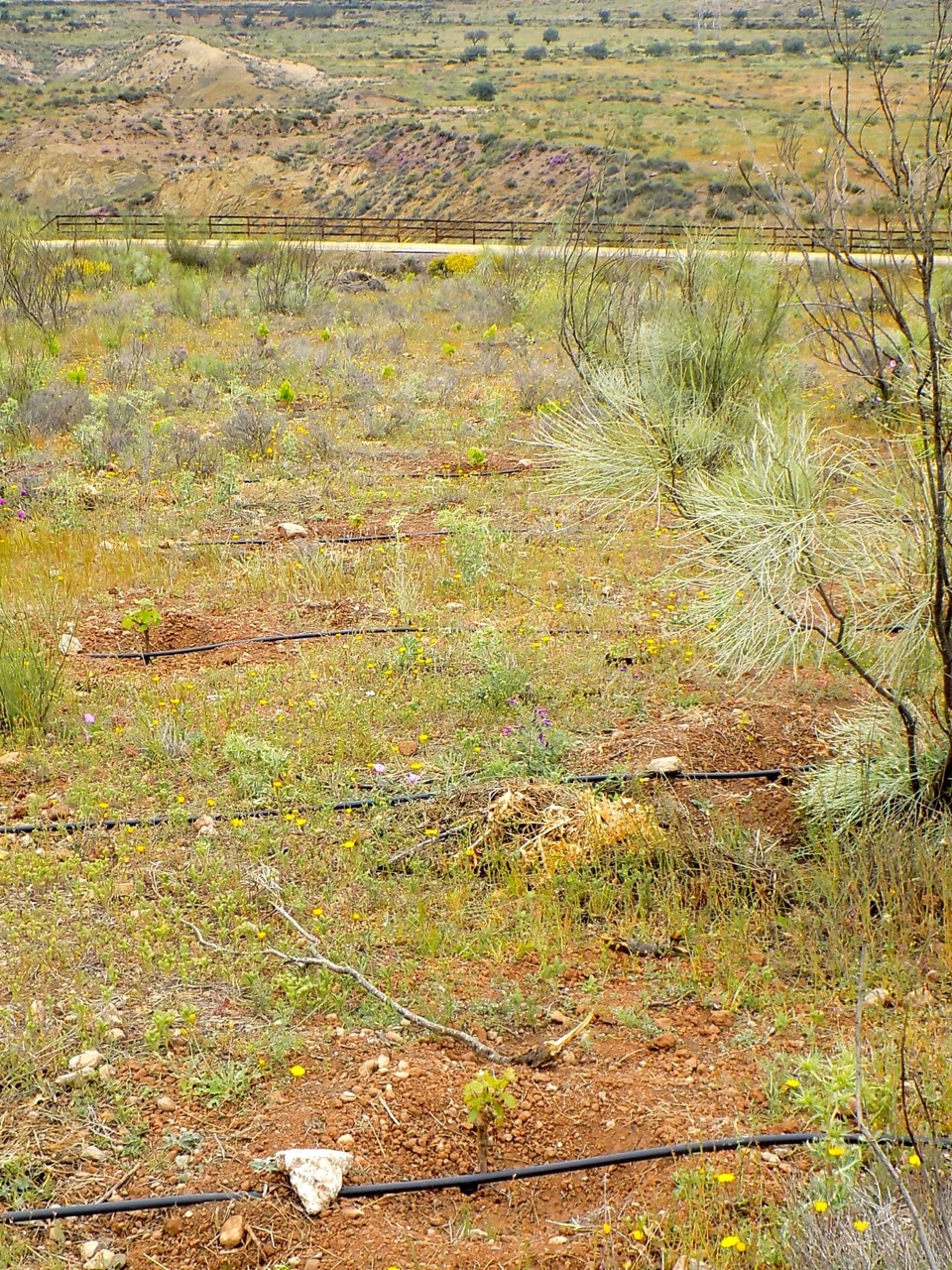
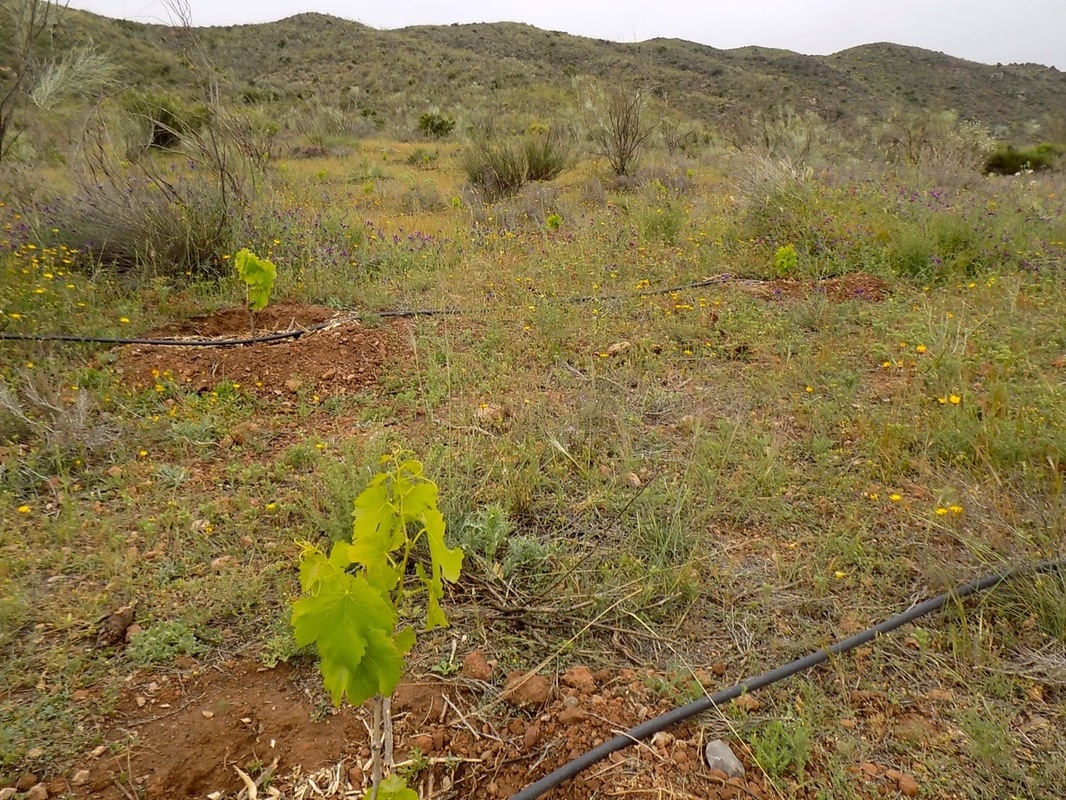
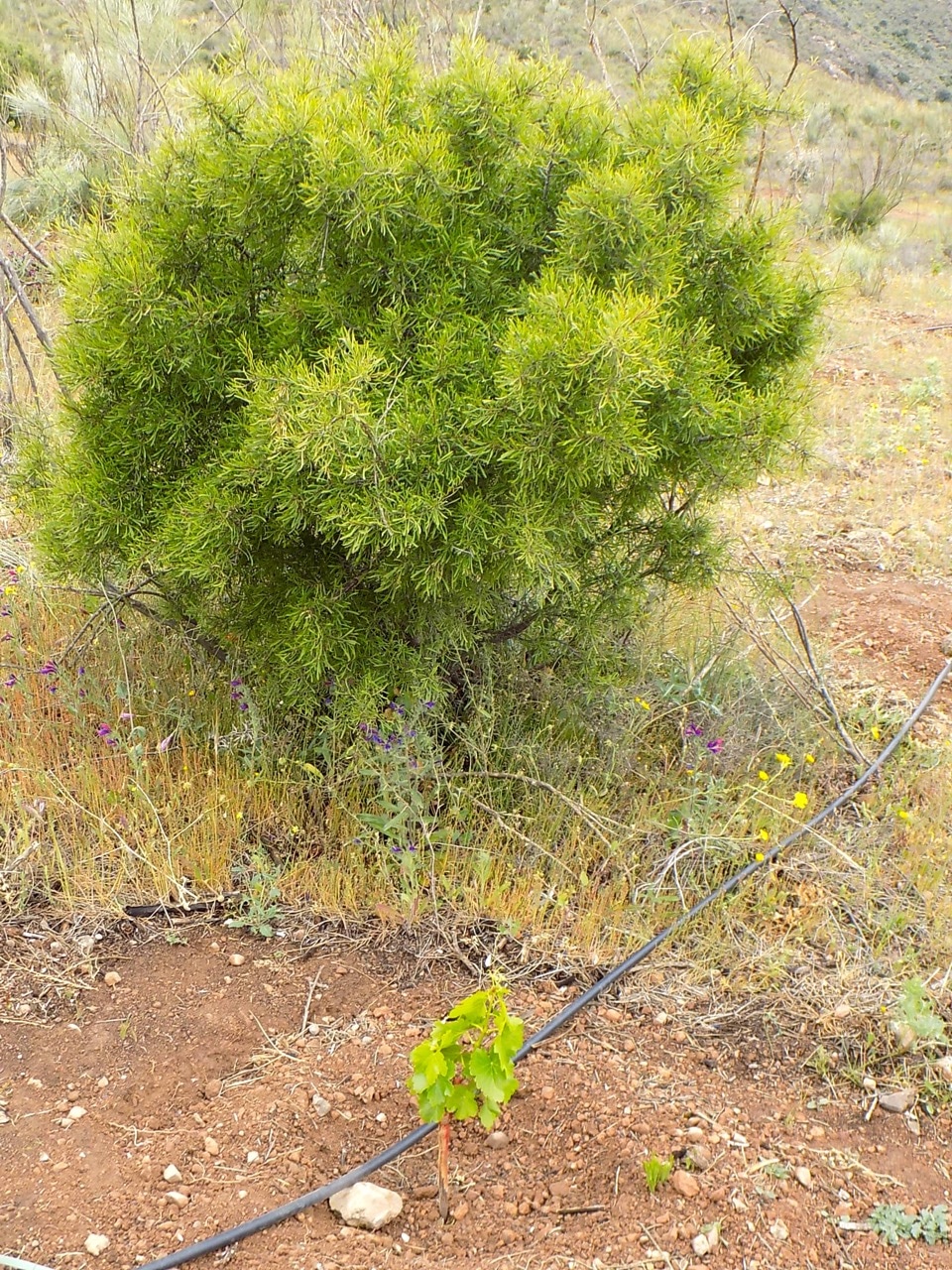
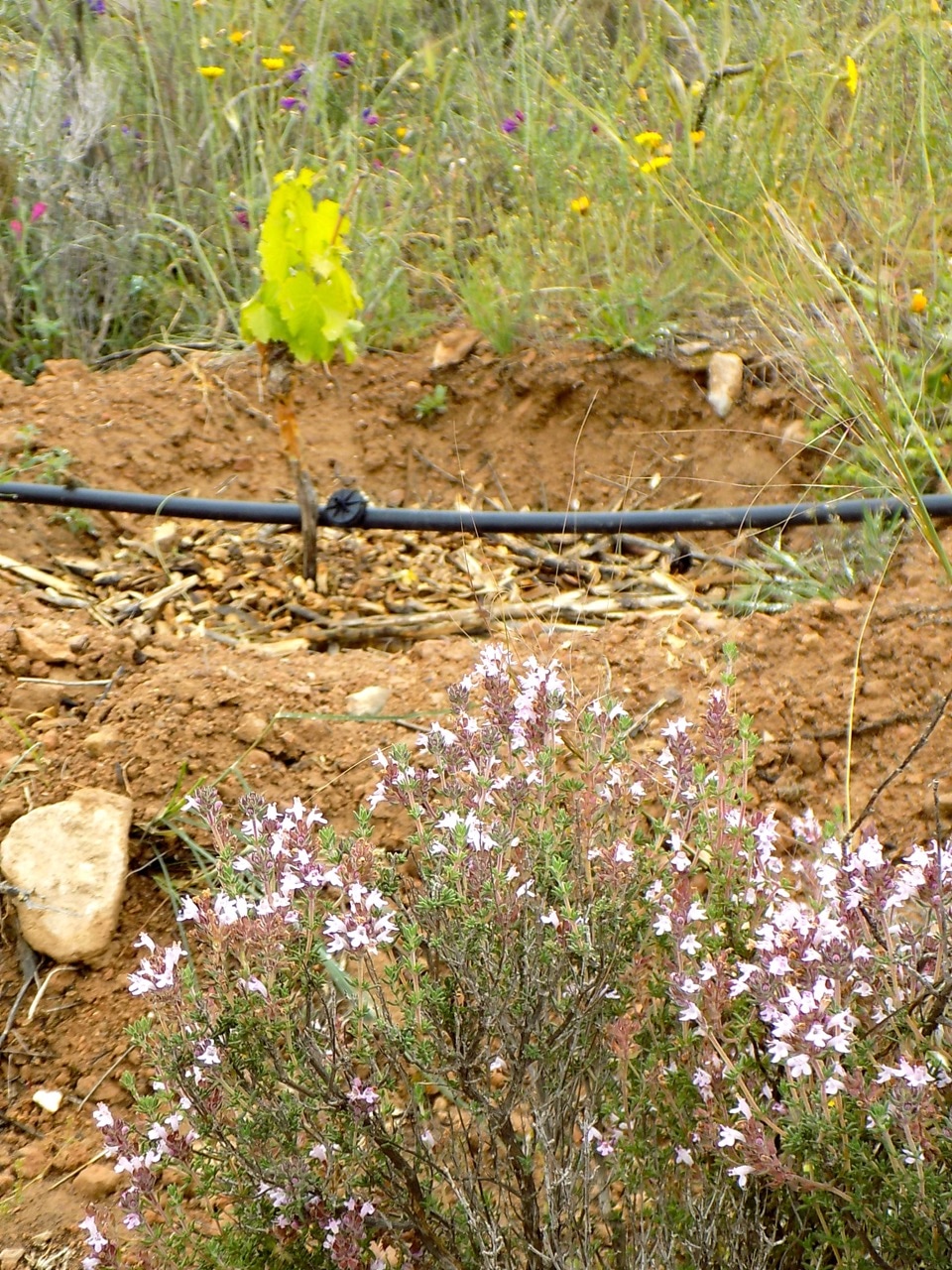
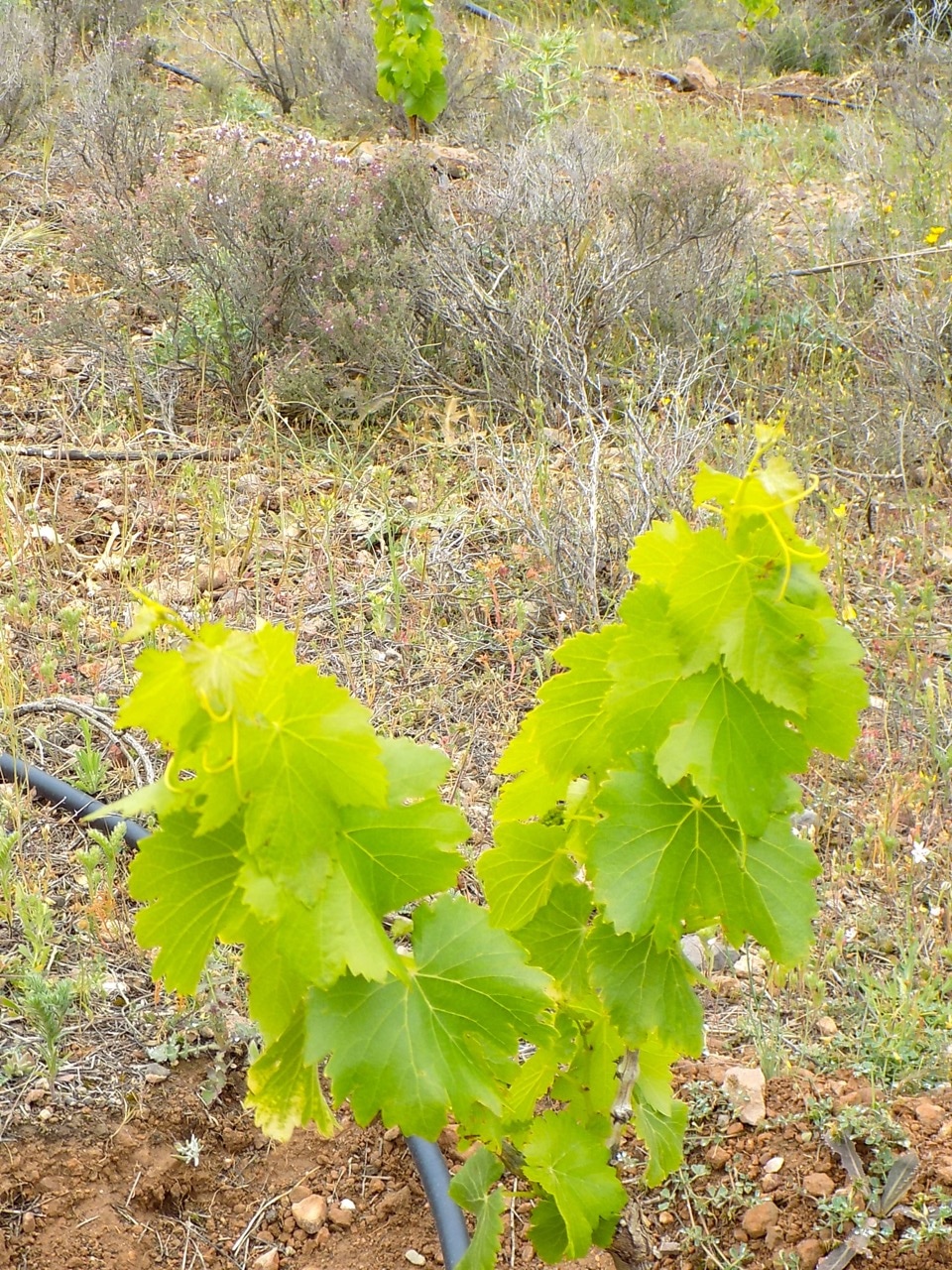
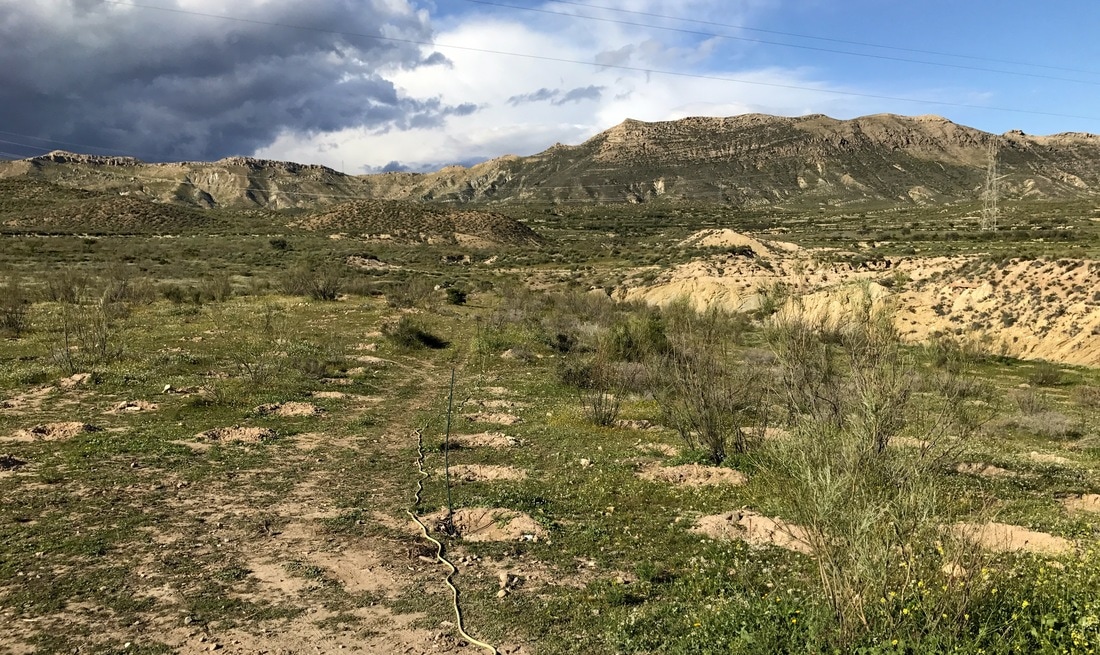

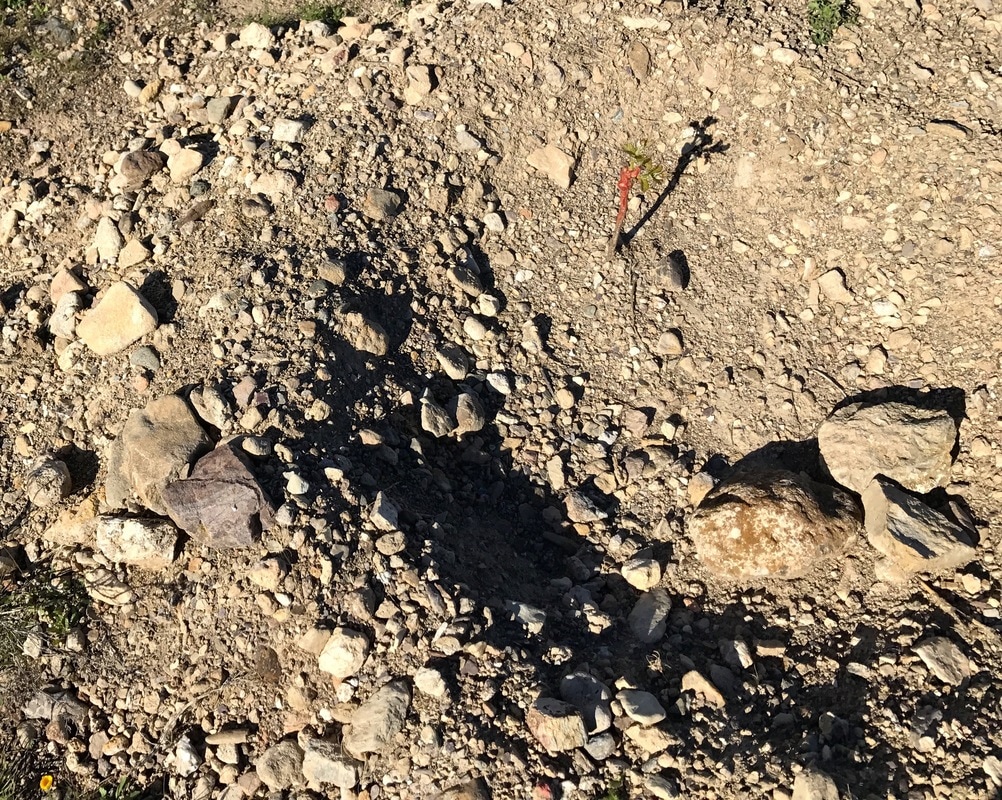


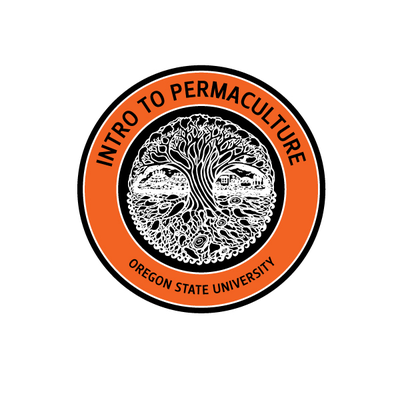
 RSS Feed
RSS Feed
